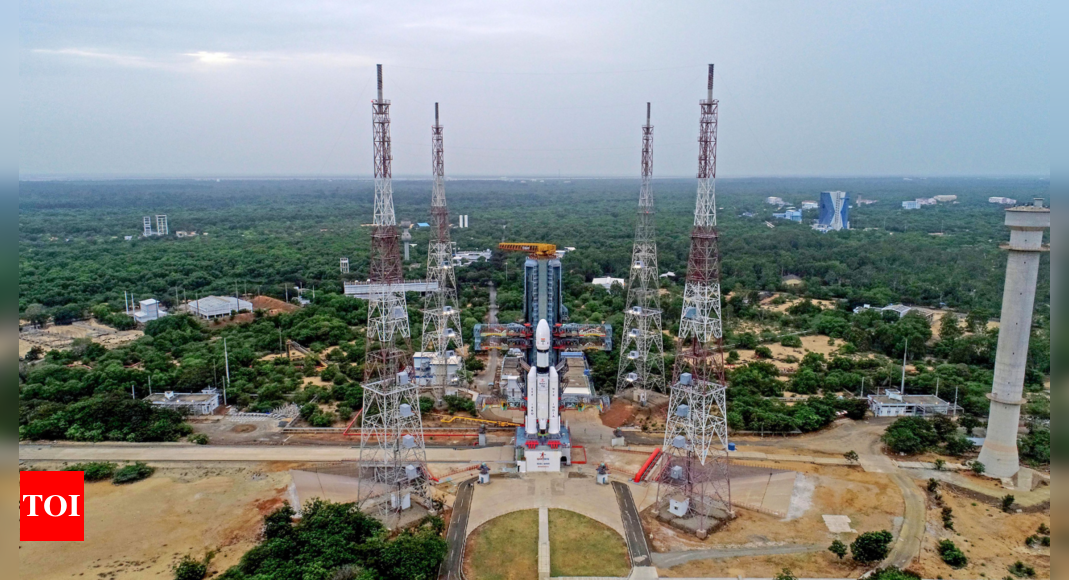[ad_1]
If the SpaceRace saw Neil Armstrong and others land on Moon, subsequent missions have tried to understand Moon better. With a renewed global interest in lunar explorations, every Moon mission is a keenly watched event.And so willIsro’s Chandrayaan-3, which the space agency is aiming to launch at 2.35pm Friday (July 14).
By late afternoon on Wednesday (July 12), the mission readiness review (MRR) committee had cleared the launch and Isro was awaiting the lab authorisation board’s (LAB) approval. The scientific goals of Chandrayaan-3 are the same as its predecessor that failed, and therefore, the reasons to go to the Moon too.Ahead of Chandrayaan-2, Isro had said it was going back to the Moon because “it was the closest cosmic body at which space discovery can be attempted and documented. It’s also a promising test bed to demonstrate technologies required for deep-space missions’’.
Now, Isro says it is crossing new frontiers by demonstrating soft-landing on the lunar surface by its lunar module and demonstrating roving on the lunar terrain.
“It (Chandrayaan-3) is expected to be supportive to Isro’s future interplanetary missions. Additionally, the deployment of rover and in-situ scientific experiment will scale new heights in lunar expeditions by deploying Rover. Yes, Isro is bringing the Moon closer to us,” the space agency says.

06:35
Chandrayaan-3: Rover to study moon’s surface and atmosphere, says ISRO Chief S Somanath
But why the South Pole region?
To understand this, we need to go back to India’s first tryst with Moon — the Chandrayaan-1, which was launched way back in October 2008. While that was only an orbiter mission, meaning a spacecraft carrying scientific instruments was sent to go around the Moon for a specific period of time.
Although Chandrayaan-1 did not live for as long as it was expected to, one key payload it carried, the MIP (Moon Impact Probe) , managed to crash land on the lunar surface as it was meant to.
Its impact was near the south pole of the Moon and MIP, eventually led to the discovery of water molecules on the Moon, which put India on the global map on Earth. It was in this background that Isro decided to attempt landing near the south pole with Chandrayaan-2 and also Chandrayaan-3. For, there’s a greater chance of finding water molecules in observable quantities in regions of the Moon where there’s less light.
But Vikram cannot land in a place with absolutely no light as its functioning cannot be guaranteed in such condition with existing know-how and technology Isro has. Isro chairman S Somanath said last week: “We cannot go to the South Pole as the Sun won’t be visible and the lander and rover will have no power. We will go 70 degrees south.”
Maybe, future Indian lunar missions will attempt landing on the dark side of the Moon, too.
[ad_2]
Source link










More Stories
Congress replaces Kamal Nath, names an OBC as Madhya Pradesh chief | India News
Fire breaks out in ITBP camp in Srinagar; none hurt | India News
Parliament Security: Co-villagers give clean chit to Lalit Jha, parents to move court | India News